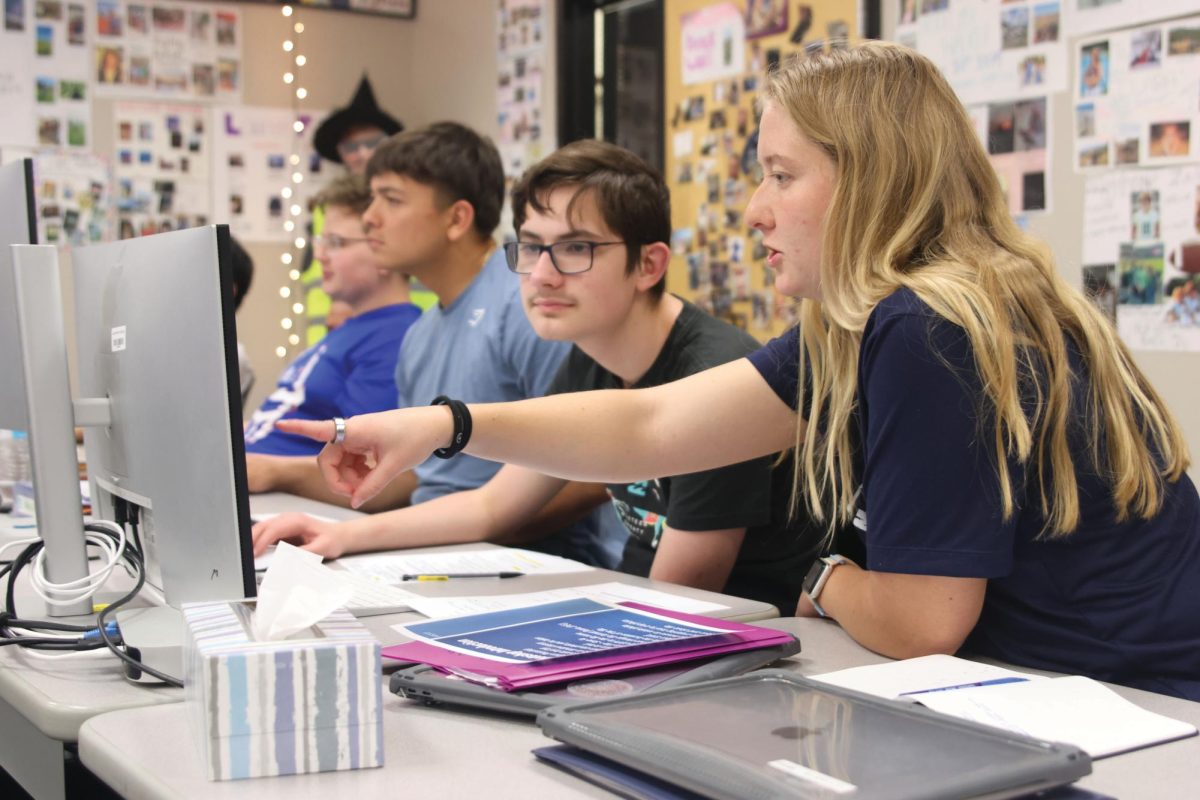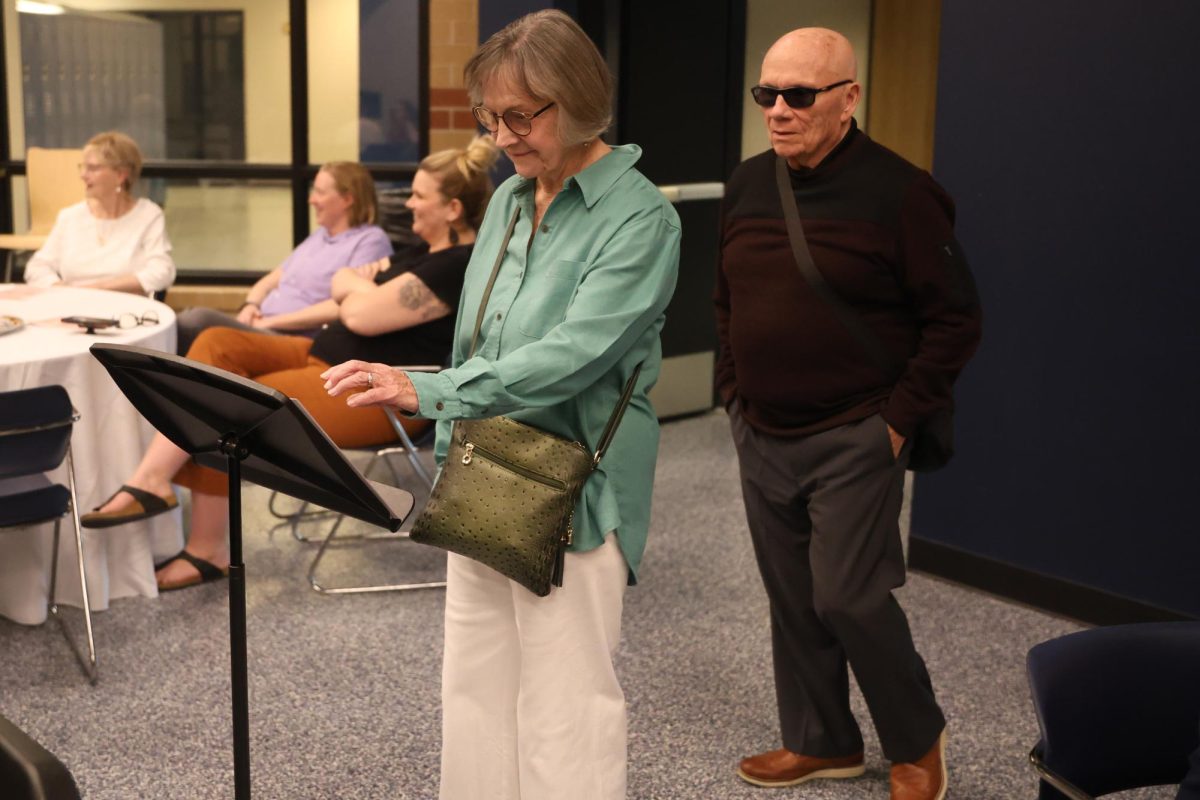A budget plan approved by both the Kansas Senate and House involving special education funding could cause changes in the district’s budget for both special and general education.
The budget would fully fund public schools but provides just $10 million in new funding for special education services, short of the $73 million commitment made a year ago.
Kansas Law 72-3422 states that Kansas must pay up to 92% of excess costs for district special education services. Last year, Kansas representatives developed a four-year plan to gradually raise the amount it would pay to Kansas school districts.
Kansas representatives stated last year that the House would raise their budget by $73 million a year to eventually get up to the 92% they are legally supposed to be paying. However, this year’s budget went back on this promise, paying $10 million of the promised $73 million.
The new Senate bill passed, HB 2007, has a new layout for how special education should be funded. According to an interview with district spokesperson Alvie Cater in the Johnson County Post, the new state budget would cut the amount of money the district has for special education by approximately $200,000.
Since the school is legally required to fund all of the special education budget, with or without money from the state, the district will now be forced to take money from other areas in the budget in order to make up for what the state is not providing.
Superintendent Dr. Cory Gibson provides examples of how the reduction in funding will affect specific requests from schools.
“Mill Valley and DHS both requested digital additional engineering teacher because the need is desired. Students are signing up more than we have available teachers. We had proposed that to the board,” Gibson said. “They had approved it, but now, as a result of less funding than expected for special ed, that would pause that unless additional funding is found another year down the road. There will be less offerings in engineering next year than what we expected going forward.”

Even though the budget won’t be paying the full 92% required, it will still add some money to the special education budget each year. Rep. Adam Turk, Republican from Shawnee, specifies how the budget only increases every year.
“The state appropriators’ starting position on the K-12 funding discussion every year is at a minimum what was provided the year prior and that any additional funding will be the baseline for the next year’s funding discussion,” Turk said via email. ““Cutting” isn’t even an option. Last year, the Kansas legislature added $80 million dollars to Special Education Funding alone.”
Representative Jo Ella Hoye, Democrat from Shawnee, feels like this issue is a difficult one.
“We had increased our funding and come up with a plan over a few years, just to make sure we can afford to increase our enhancement over the next couple of years. So it is unfortunate that we’re kind of going back on that plan, which I felt was already a compromise,” Hoye said.
Social studies teacher and De Soto Teachers Association vice president Jeff Wieland said the district may now have to cut classes and teachers’ salaries to make up the difference in funding for special education.
“Public education is a centerpiece of Kansas. It’s part of what makes us a great state. It’s an investment in kids’ futures,” Wieland said. “When you cut the funding to special education, what you’re forcing school districts to do is make decisions to have larger class sizes. You’re forcing them to make decisions about whether to cut programs in order to make payroll. You are certainly cutting teacher salaries, and you’re making it more difficult for us to attract people into the profession.”
Special Education teacher Sara Evans thinks this budget will harm education as a whole.

(By Eva Hernandez)
“We’re gonna lose staff. There’s no question about that, and by losing staff from cuts, we’d eventually lose the staff that stays because they’re gonna be overwhelmed. So there’s a good chance that education is headed towards a crisis,” Evans said. “If this happens, our schools are gonna be full of students that don’t have teachers to teach.”
Not only will teachers have to deal with these effects, Evans believes students will feel these effects as well.
“Our students already struggle with limited funds as it is. We have minimal, and so if they get cuts, then we’re going to struggle with staff size. We will have bigger student ratios, and we might lose funding for materials that we need,” Evans said.
Gibson spells out how cuts to special education funding will affect the district as a whole.
“If we continue on this trajectory, we will come to a point where we will cut programs to make sure we’re funding the federal mandate and needs of students’ disabilities,” Gibson said.













